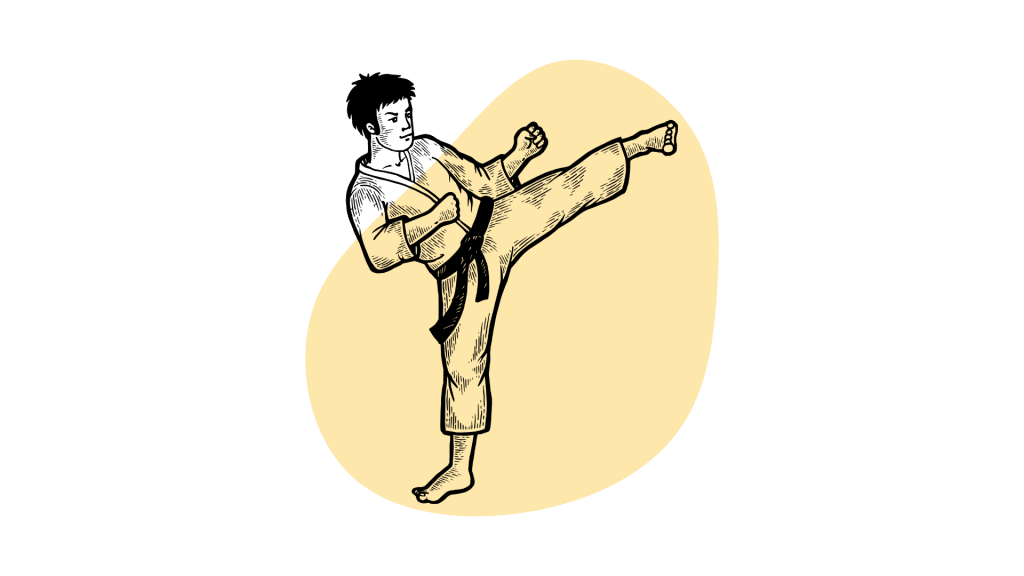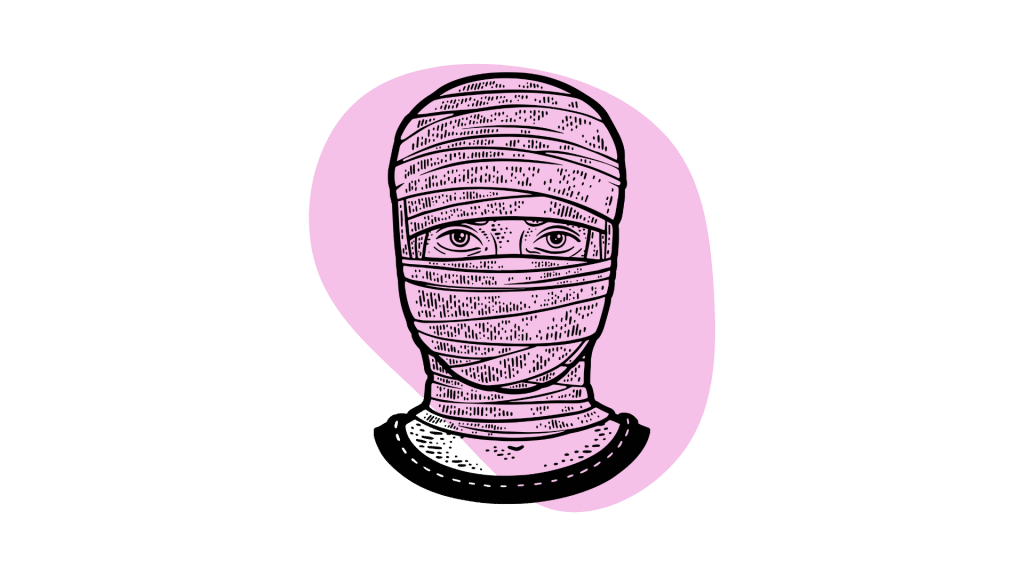Why Are Athletes Microdosing Psychedelics? .There are four main reasons some athletes choose to microdose — the most common is to enhance reaction times and focus. Other benefits include regulating pain perception and buffering from various forms of stress, anxiety, and depression.
Keep in mind that using psychedelics for athletic performance gains is a virtually unstudied field, so most of the evidence supporting any claims about microdosing for athletes will be anecdotal.
1. Improved Focus & Reactivity
There aren’t any good studies on the effects of microdosing on athletic performance and reaction times, but there are a ton of anecdotal reports of athletes suggesting qualitative improvements in their athletic pursuits.
For example, there are reports of boxers experiencing improvements in their ability to predict an opponent’s movements, surfers report an enhanced ability to read the wave as they surf, and climbers report greater composure during dangerous climbs.

Improvements in reaction time are a common anecdote from the gamer world as well — users report subjectively higher reaction times after microdosing compounds like psilocybin or LSD.
Terence McKenna proposed this effect as part of his Stoned Ape theory. He suggested that low doses of psilocybin improve visual acuity — especially edge detection. This allowed hunters in early primate groups to be better hunters, securing a more reliable supply of food and increasing the rate of reproductive success.
All of these improvements could come down to psychedelics’ ability to facilitate flow states — which describe a mental state in which the athlete is fully immersed in their activity. While in a flow state (AKA being “in the zone”), the body goes through the actions without thinking about it. This results in fewer mistakes, a greater sense of awareness, and more natural movements. There’s a lot of research connecting greater athletic performance with one’s ability to enter flow states [2].
Many athletes champion their ability to enter these flow states as a key part of performing at the highest level possible [3].
When athletes are working on the knife’s edge of physical performance, shaving off just a few seconds of time or enabling even a slight improvement in reaction time can mean the difference between winning and losing.
2. Stress & Anxiety Relief
Stress can wreak havoc on an athlete’s progression. Stress negatively affects sleep, it can slow recovery, and elevations in the stress hormone cortisol, can increase fat retention and reduce muscle-building activity.
Athletes have a high prevalence of stress-related disorders — including depression, substance abuse, anxiety, burnout, and interpersonal relationship issues [4].

There are a lot of different stressors an athlete faces on a daily basis, including:
- Performance pressure
- Personal issues (finances, career transitions), injuries)
- Leadership stress
- Stress from media coverage
- Environmental stressors (travel & jetlag, accommodation, pattern interruptions)
- Cultural & team issues
While there aren’t many clinical studies exploring the effects of microdosing psychedelics for the types of stress faced by professional and amateur athletes alike, there are plenty of anecdotes suggesting them to be useful as a tool to improve resilience and emotional processing.
In the context of anxiety, most of the research coming out of institutions like Johns Hopkins and UC Berkely has been focused on the use of (high dose) psychedelic compounds for managing existential anxiety associated with terminal illness. What the research has found is that psychedelics change the way we think about life and death, success and failure, and what it means to be alive. Many of the attributes of macrodoses are also associated with microdoses, but the effects are spread out over several days, weeks, or months rather than a single session.
Some experts hypothesize these same benefits can be useful in supporting an athlete through the anxiety that comes along with the highly competitive and physically demanding world of professional sports.
3. Reduced Pain Perception
Some athletes report feeling less pain when microdosing psychedelics and that it helps them perform when their bodies aren’t operating at 100%. The research in this field is still in its early stages, but there have already been a handful of clinical studies highlighting the analgesic potential of psychedelics like psilocybin, LSD, and DMT [5].

Playing through the pain, as they say, can be dangerous, so this application of microdosing should be used sparingly. It’s best used for athletes that experience chronic pain but have been cleared to perform as normal. Psychedelics like psilocybin appear to modulate the neurochemical pathways associated with persistent pain but may offer little support in terms of direct recovery and tissue regeneration.